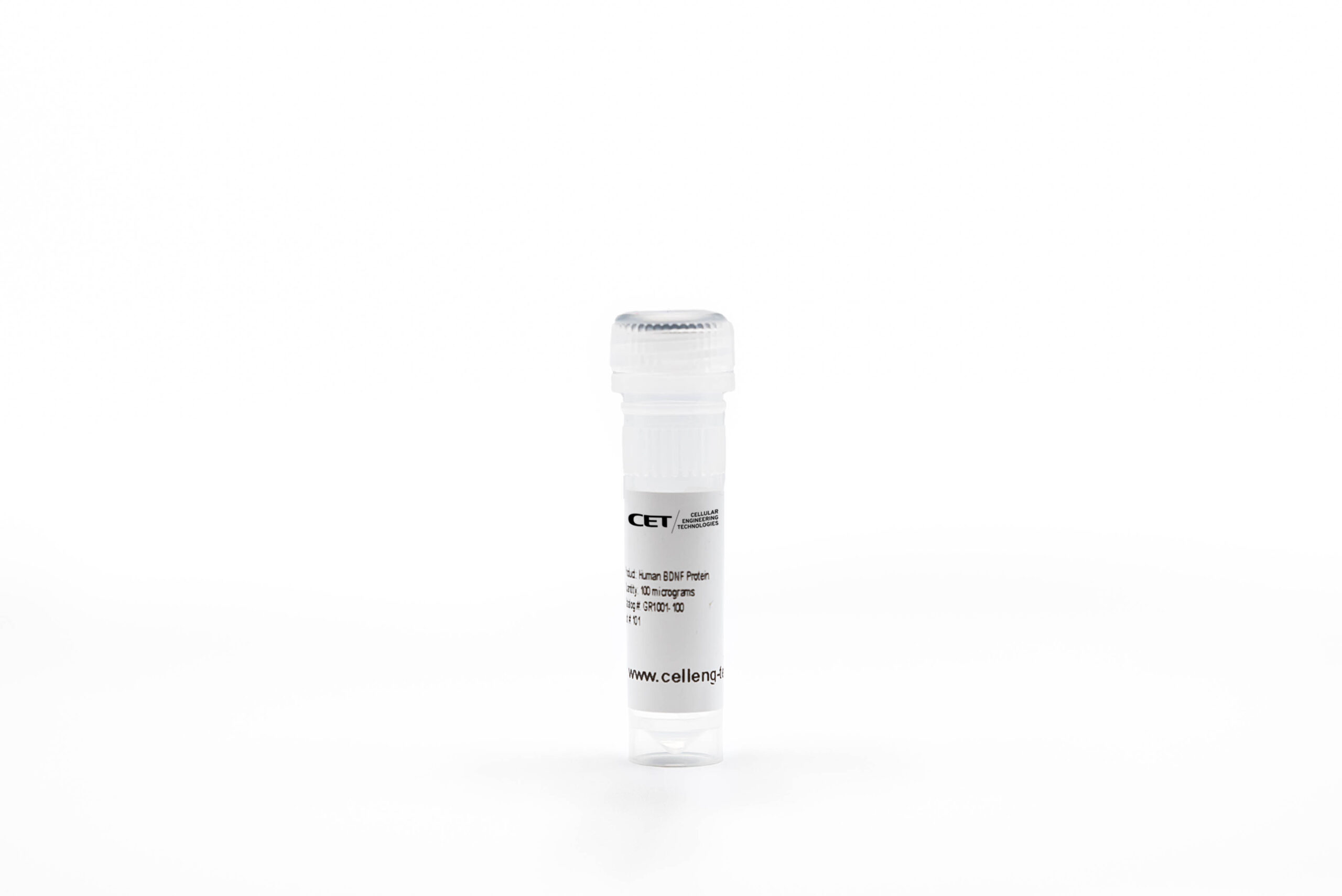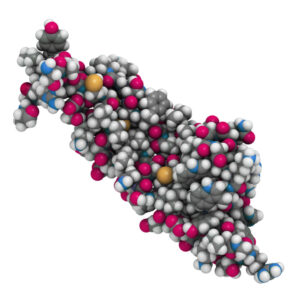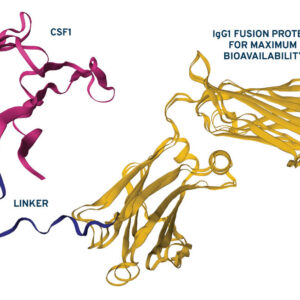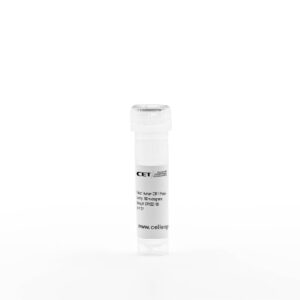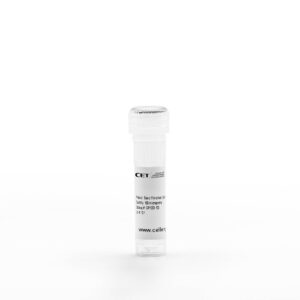Product Overview
Human Brain-Derived Neurotrophic Factor (BDNF) is an activity-dependent neurotrophic factor that supports neurons’ differentiation1, maturation2, and survival3 and provides a neuroprotective effect under adverse conditions. BDNF stimulates and controls the growth of new neurons from neural stem cells.
BDNF binds to neurons of the central nervous and peripheral nervous systems, expressing tropomyosin receptor kinase B (TrkB) and the low-affinity nerve growth factor receptor (p75). It also activates signal transduction cascades (IRS1/2), PI3K, Akt), crucial for CREB and CBP production, that encode proteins involved in neural plasticity, stress resistance, and cell survival4.
Research areas for human recombinant BDNF are neurodegenerative disorders (e.g. Alzheimer’s, Parkinson’s and Huntington’s diseases), neuropsychiatric disorders (e.g. anxiety, depression, PTSD and schizophrenia) and neurodevelopmental disorders (e.g. autism spectrum disorder).
BDNF is synthesized in the endoplasmic reticulum (ER) as a 32-35 kDa precursor protein (pro-BDNF) that moves through the Golgi apparatus and trans-Golgi network (TGN). The terminal domain of pro-BDNF is cleaved by a distinct protein convertase enzyme to form 13.5 kDa biologically active mature BDNF (mBDNF),5.
Lyophilized powder (Available sizes: 10µg, 50µg and 100µg).
1 Binder DK, Scharfman HE. Brain-derived neurotrophic factor. Growth Factors. 2004;22:123s–31.
2 Acheson A, Conover JC, Fandl JP, et al. A BDNF autocrine loop in adult sensory neurons prevents cell death. Nature. 1995;374:450–3.
3 Huang EJ, Reichardt LF. Neurotrophins: roles in neuronal development and function. Ann Rev Neurosci. 2001;24:677–736.
4 Kaplan DR, Miller FD. Signal transduction by the neurotrophin receptors. Curr Opin Cell Biol. 1998;9:213–21.
5 Bothwell M. Functional interactions of neurotrophins and neurotrophins receptors. (Review) Annu Rev Neurosci. 1995;18:223–53.
